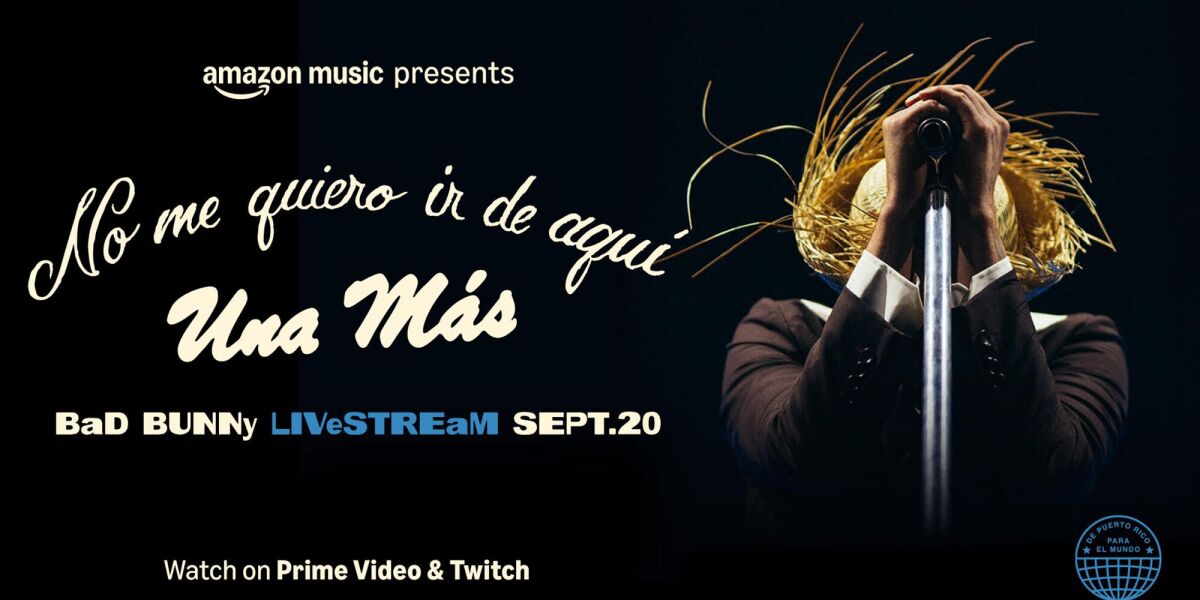Now that Spotify has “lossless listening,” the idea of higher quality streaming is cemented in the mainstream. Those streaming numbers and bitrates are no longer just the talking points of audio-weirdos — your friend at work is suddenly going to become interested in hi-res audio, and how much better it sounds than “the old Spotify.”
But what does it all mean? Why is Spotify’s new 24-bit, 44.1kHz update not quite what audiophiles were hoping for, and what do those numbers actually stand for? Even further, if they’re so much better, what are Qobuz, Tidal and Apple Music bitrates? I’ll go through all that and more — so let’s dive in.
Music file formats

Music files are quite large. After all, there’s loads of data inside telling your music player what instrument is playing, how it sounds, what the vocalist is doing, where the drummer got his illicit substances, and where everything is on stage. So that you can fit more tracks into a hard drive/SD Card/internal storage, those tracks are condensed down into different file formats.
That’s why you might have seen MP3, FLAC, and WAV when you were downloading all those tracks from Limewire & Napster all those years ago. Generally, it looks like this: MP3 is small, but lower quality. FLAC and WAV are larger and of much higher quality.
That’s the first stage of music quality — understanding the file formats — out of the way. There are more file formats besides, and if you’re not sure, a quick search on Google will tell you everything you need to know about the file at hand.
Those larger formats are what we call “lossless,” where less data is lost when compressing the tracks so that you can fit them onto your storage medium, or so that they can be transmitted over Wi-Fi to your listening devices. One thing to bear in mind is that Bluetooth cannot transmit lossless audio, although there are technologies that try to make music sound better, like AptX and LDAC.
Music streaming bit rates

This isn’t something that’s really worth going into much detail over, but a surface-level understanding is still helpful. You’ll find two numbers when you look at track quality — the bitrate and the sample rate.
The highest quality streams you’ll find at any streaming service is 24-bit, 192kHz audio.
The highest quality streams you’ll find at any streaming service is 24-bit, 192kHz audio. This means a couple of things. The dynamic range is going to be high, with more difference in the loud and quiet parts of your music, and there’s more detail retrieval. In essence, your music is going to sound really good. Anything with a bit rate of higher than 16-bit is considered ‘hi-res’ as a result.
This comes with a drawback, however. First is the amount of data in that track — it’ll be a larger file, in FLAC or WAV (as we spoke about earlier — see, it all comes around). That means you’ll need more data in your phone contract, or you’ll run out after one spin of Britney’s In the Zone.
It’s also why those fully featured lossless and hi-res tracks can’t be transmitted over Bluetooth. They’re simply too large for the connection to handle. Instead, you’re going to need to listen to these tracks with a compatible Wi-Fi connection, like Tidal Connect, Spotify Connect, or Qobuz Connect (these streaming companies sure are imaginative).
Or, you can go the wired route and hook up some of the best headphones. In fact, to get any kind of difference out of these streaming numbers, you’ll want to make sure you’ve got some top-quality listening gear.
The difference

To demonstrate, I’ll talk about Spotify. It’s recently been upgraded to hi-res lossless audio — 24bit (hi-res) 44.1kHz (lossless) — so that more people can enjoy higher quality audio. You’ll notice that the second number isn’t as high as we talked about before, much to the chagrin of audiophiles everywhere, but it’s still higher than the 320kbps MP3 tracks users used to have to put up with.
The difference in quality isn’t subtle. Even with Bluetooth headphones, you’ll notice a difference, thanks to the higher quality track that’s being compressed for your headphones — start with better data, and you get better data on the other side. You’ll really notice a difference when you listen to a pair of excellent speakers or some high-quality headphones.
You’ll find more detail, for one. That means that things are going to sound more realistic, and that you’ll notice more subtleties in your music. Think of the singers’ breath, the crystalline sounds of cymbals, or fingers on a fretboard. You’ll also find more bass depth, giving you more low-end to enjoy.
Soundstage is wider when there’s more data to play with, and instrument separation is better. It has to be heard to be believed, but there’s a lot to love about higher-quality streamed audio.
The drawbacks

There’s really not all that much to complain about when it comes to higher quality audio, but there are a couple of key drawbacks. The first is simply the amount of data you now need to stream and/or store. An MP3 file at its highest bit rate is about 7MB large. A 24-bit 192 kHz FLAC file is around 200MB. You could fit Queen’s “Night at the Opera” in MP3 format about four times into a FLAC copy of “Bohemian Rhapsody”.
You need a large storage medium to store all your high-quality files, as a result, and a lot of data in your internet plan to stream them from the best music streaming service.
You’ll also find that most tracks on even Qobuz and Tidal — the two services with the highest quality streaming — aren’t 24-bit 192kHz. Many are CD-quality or slightly lower hi-res lossless formats. That’s not a problem, and I’d defy most people to find a difference, but it’s worth noting.
Beyond storage and inconsistencies amongst streaming platforms, however, there are a few drawbacks to higher quality music streaming.
What quality is my streamer?
So now that you have an idea about what streaming quality is, how it works, and what it all means for your music, let’s see what kind of quality your streaming service can offer. And why Spotify’s most recent update is disappointing.
- Spotify — up to 24-bit 44.1kHz (FLAC)
- Amazon Music Unlimited — up to 24-bit 192kHz (FLAC)
- Deezer — up to 16-bit 44.1kHz (FLAC)
- Apple Music — up to 24-bit 192kHz (ALAC)
- Qobuz — up to 24-bit 192kHz (FLAC, DSD/DXD)
- Tidal — up to 24-bit 192kHz (FLAC)
Should you upgrade?

If you’ve got the equipment to listen to the highest quality tracks around, it’s well worth upgrading to a streaming service like Qobuz. You’ll get the best music quality around, and you’ll hear parts of your music you didn’t know existed. Spotify’s newest update is fine, but if you really want to experience the difference then my personal picks are Qobuz and Tidal.
If you don’t care and the new Spotify is a nice extra, then it’s probably not worth upgrading. You’ll for sure notice a difference between old Spotify and new Spotify, but there won’t be enough gained from another hi-res streamer for you to appreciate over your Bluetooth headphones.
Follow Tom’s Guide on Google News and add us as a preferred source to get our up-to-date news, analysis, and reviews in your feeds. Make sure to click the Follow button!
More from Tom’s Guide
Source link


